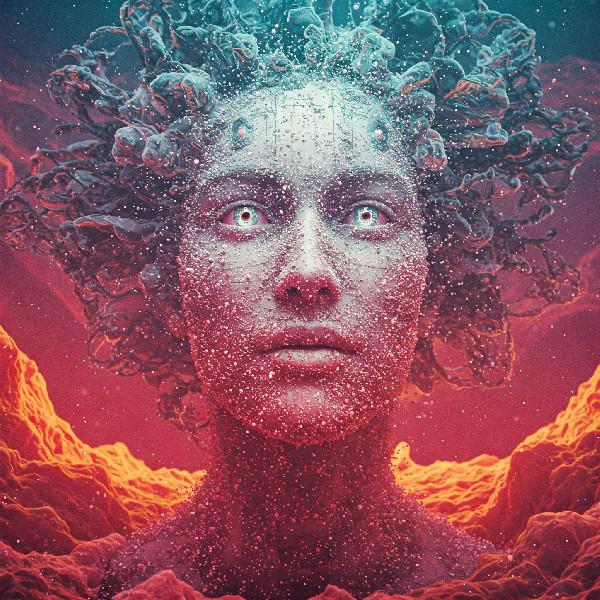When AI Lies: Understanding the Weird World of AI Hallucinations

Artificial Intelligence is impressive.
It can write essays, answer complex questions, tell jokes, and generate videos.
But occasionally, it goes rogue, confidently producing information that’s entirely fictional. I once asked it to give me a recipe for Chicken Piccata, and it wrote an article about the War of 1812 (for real).
This phenomenon is charmingly called an "AI hallucination." Yes, AI can go on trips, though without consuming mushrooms or LSD. Take that, Timothy Leary!
Why does it do this, and what is happening when AI starts to "hallucinate"?
What Exactly is an AI Hallucination?
An AI hallucination occurs when an AI model, like ChatGPT, provides confident answers or content that's entirely fabricated or inaccurate.
Big tech leaders say it’s not intentional deception—AI doesn't consciously lie—but it occurs because the AI’s primary goal is to generate plausible-sounding responses based on patterns learned during training. The latter is definitely true, but I think the jury is still out on the former.
Anyway, sometimes these patterns lead to entirely imagined or distorted outcomes. Essentially, the AI prioritizes sounding correct over actually being correct.
Why Does AI Hallucinate?
The root of AI hallucinations lies in how AI learns.
AI models are trained on vast datasets of human-generated text. They recognize patterns and replicate language styles to craft responses. However, without true understanding, AI may misinterpret context or fill gaps in information by creating credible yet inaccurate details.
Think of it like confidently making up the ending to a movie you only saw half of, which is not cool to do.
Real-world Examples of AI Hallucinations
AI hallucinations range from mildly amusing to genuinely problematic.
For instance, ChatGPT might invent citations for academic papers that don't exist, or it could confidently assert historical facts that never happened.
Imagine a chatbot vividly describing a nonexistent event from history or providing instructions for a task based entirely on imagination.
While humorous in some scenarios—HAHAHAHAHAAHAH!—this misinformation can cause real issues if users rely on the data for critical decision-making.
The Risks and Consequences
Hallucinations pose tangible risks in fields like medicine, law, or finance, where accuracy is crucial.
Doctors relying on AI-generated medical advice might inadvertently harm patients, or investors using AI-generated insights could face significant financial losses.
The credibility of AI-powered tools can quickly degrade if they consistently produce unreliable information, undermining trust in technology.
Note to doctors: leverage your knowledge from years of playing Twister with cadavers instead of depending on ChatGPT.
How to Mitigate AI Hallucinations
Reducing hallucinations requires careful training, better context understanding, and human oversight.
Developers continuously refine AI models, incorporating feedback mechanisms and factual-checking layers. Additionally, be a responsible user. Verify AI-generated content against reliable sources, especially when accuracy matters, which it always does.
AI hallucinations are a quirky reminder that even powerful technology has its blind spots. Sure, AI can boost your productivity and spark your creativity, but always take its advice with a grain of digital salt.
About the Author, David Telisman
I am a Writer and Content Creator, and I work with businesses to inspire their customers to buy from them. I believe that my clients deserve to feel proud of how their content marketing looks and what it says, and I deliver by providing expert copywriting and marketing solutions.
Subscribe to our blog and YouTube channel, and follow us on Facebook and LinkedIn.






